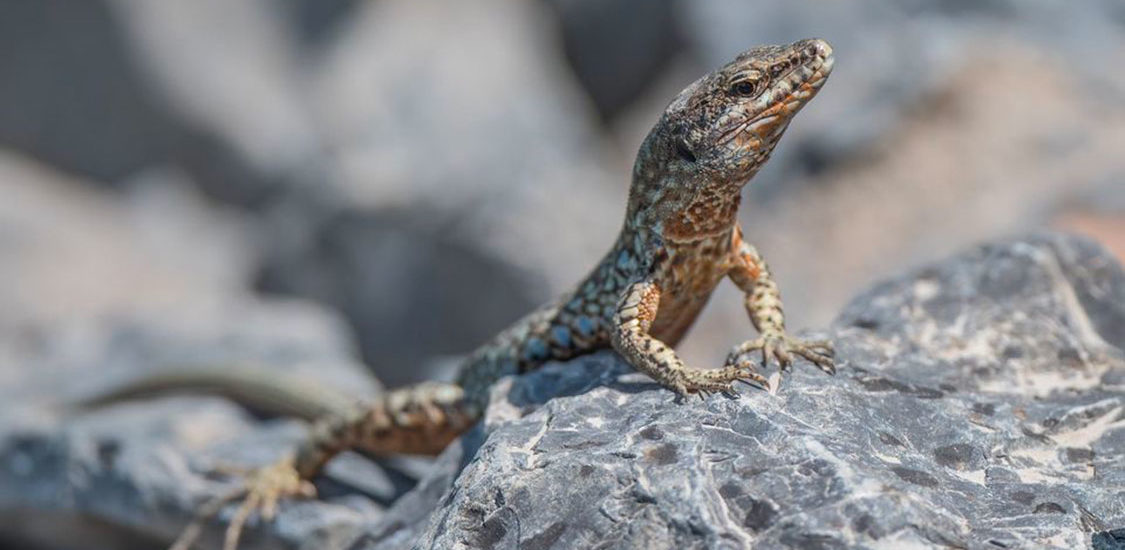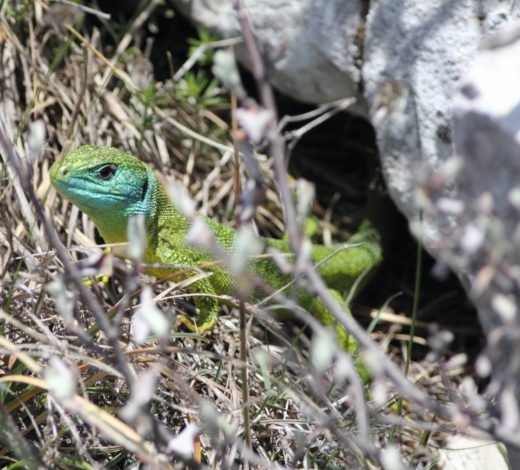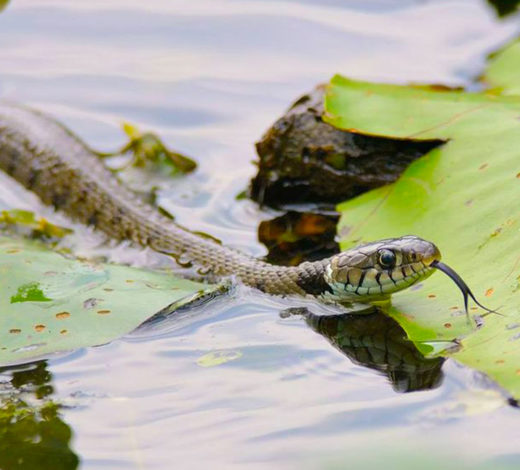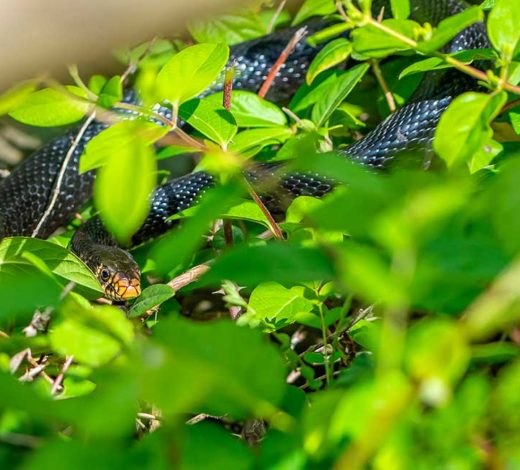Common Wall Lizard
(Podarcis muralis)
A species protected by the Habitat Directive (Annex IV). This is the best-known reptile in Northern Italy, a lively, agile climber.
Distribution
It is widespread everywhere in Italy, except for Sicily and Sardinia. In Lombardy, it is found in all provinces, from the valley to the mountains.
Description
A small reptile with a thin, slender structure, it is flattened and has a rather large head and tail twice as long as its body. The colouring on its back is generally brownish or greenish, sometimes with greenish-blue spots on its sides. It burrows into holes in walls or underground and as soon as it comes out, it stops in the sun to warm itself. Its diet consists mainly of insects, spiders, and other small invertebrates, as well as berries and small fruit on occasion. A unique feature of these lizards is that they can lose their tails if grasped by a possible predator. It will then grow back, at up to 2 mm a day.
Habitat
The species adapts to different types of habitats with two main characteristics: good exposure to sun and the presence of shelters. It does not currently face conservation issues due to its wide distribution and tolerance to a large variety of habitats.
Observation in the Torbiera Reserve
This reptile can be seen easily along all paths in the Reserve, but also in built-up areas, since it is synanthropic and readily adapts to many environments.




